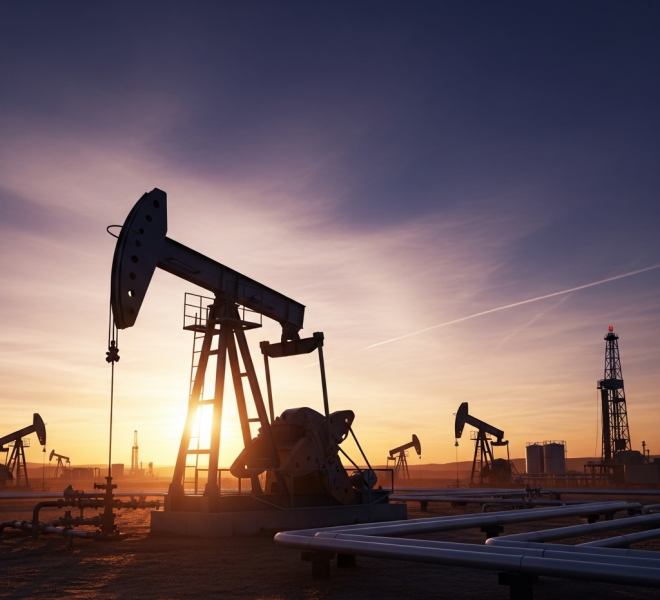
Key Applications & Technical Details
1.Inerting & Blanketing of Tanks and Pipelines:
This is the core of safety in the oil and gas industry. A low-pressure nitrogen "blanket" is continuously supplied to the headspace of storage tanks for crude oil, LNG, refined fuels, or other volatile hydrocarbons. This maintains the oxygen concentration below the Lower Explosive Limit (LEL) and prevents product degradation from oxidation, fundamentally eliminating the conditions for fire and explosion.
2.Pipeline Purging, Pigging & Testing:
Before commissioning, during maintenance, or when switching products, long-distance pipelines must be purged with large volumes of dry nitrogen to safely displace air, moisture, or residual hazardous gases. For pipeline "pigging" operations, high-pressure nitrogen is the ideal medium to propel the pig. Using inert nitrogen for final pressure testing is also far safer than using air.
3.Enhanced Oil Recovery (EOR) & Well Services:
In upstream operations, injecting high-pressure nitrogen into a reservoir is a critical method for maintaining or increasing reservoir pressure and reducing crude oil viscosity, thereby significantly enhancing recovery rates. Nitrogen is also widely used for pressure control and equipment testing during drilling, cementing, and well work-over services.
4.Offshore Platform Applications:
Offshore platforms are the most demanding application environment. Nitrogen is used here for all inerting, purging, and instrument driving purposes. Systems must be engineered to be extremely compact, highly resistant to corrosion (salt spray environment), and capable of long-term, unmanned, reliable operation.
Key Technical Considerations for the Oil & Gas Industry
For the oil and gas sector, a nitrogen system is not just production equipment; it is mission-critical infrastructure that safeguards billions in assets and personnel. Therefore, selecting a solution requires focusing on the following "zero-tolerance" technical standards:
1. Absolute Reliability & Redundant Design:
In remote or offshore locations, any downtime is catastrophic. A top-tier system solution must provide over 99.9% uptime. This is typically achieved through dual-train (or multi-train) redundant backups, backup power connections (e.g., to diesel generators), and extremely durable core components, ensuring that the protective nitrogen supply is never interrupted, even in the event of a single point of failure or main power loss.
2. Robustness for Harsh Environments:
From the desert heat of the Middle East to the salt spray of the North Sea, oil and gas equipment must withstand extreme challenges. Leading solutions often employ robust, easy-to-transport containerized or heavy-duty skid-mounted designs. All piping, valves, and electrical components should be made from corrosion-resistant materials like stainless steel and rated for a wide operating temperature range and high IP (Ingress Protection) ratings.
3. Strict Safety & Compliance Certification:
In any environment where explosive gases may be present, all equipment must conform to the most stringent safety standards. A professional solution must be able to provide a complete explosion-proof system that is fully compliant with ATEX (for Europe) and/or ISO (International) standards, including certified explosion-proof motors, electrical cabinets, and sensors.